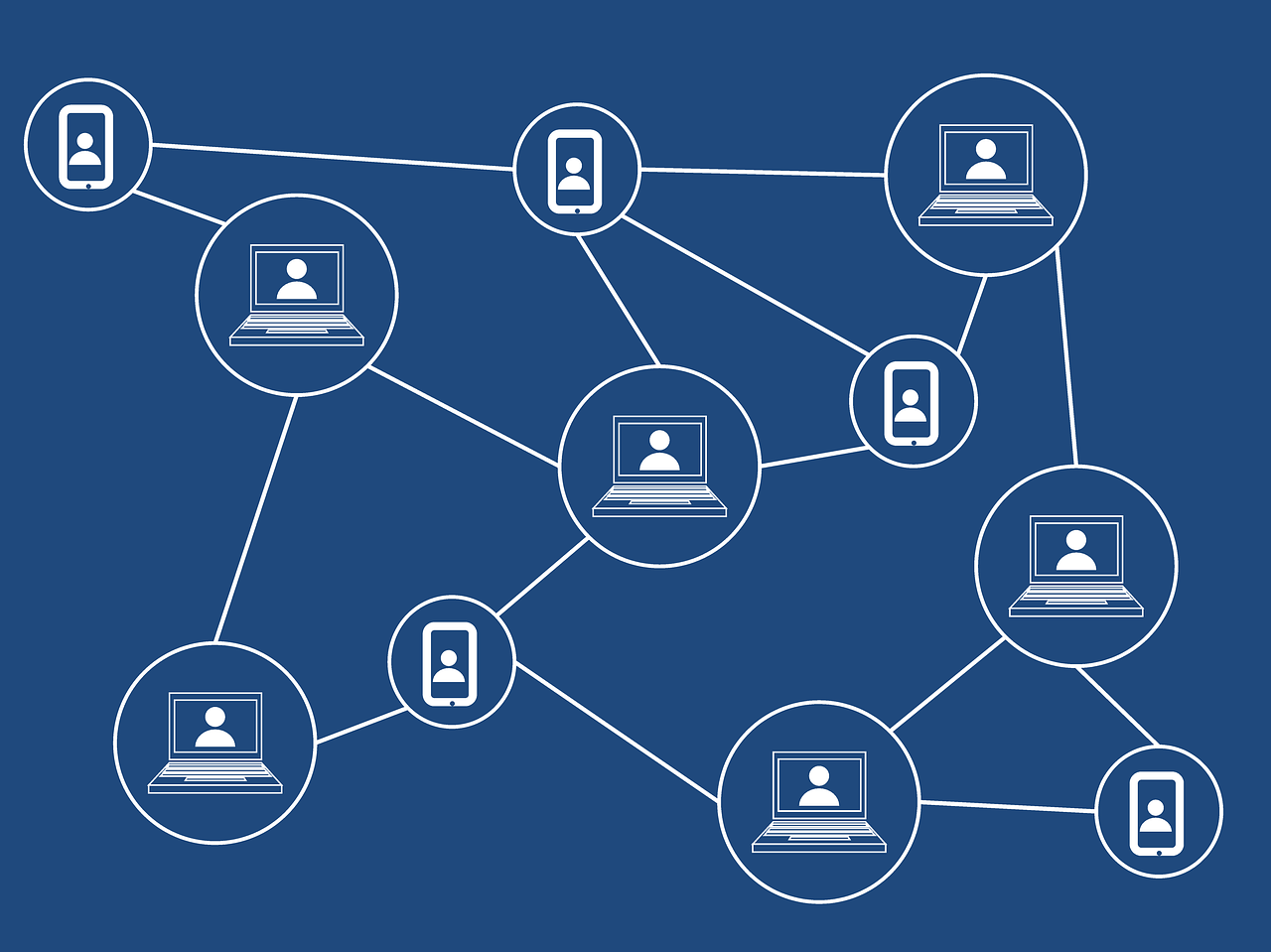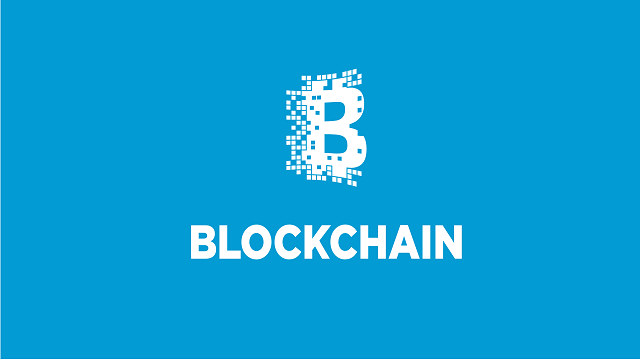Blockchain Architecture: Unlocking Decentralized Digital Trust

The fundamental mechanics of how digital information is stored, verified, and transferred have, for decades, relied upon centralized, singular authorities. These traditional systems—whether corporate databases, government ledgers, or banking mainframes—are inherently vulnerable to single points of failure, opacity, and censorship.
When a single entity holds absolute control over a vast ledger, manipulation, errors, or security breaches can have catastrophic, widespread consequences that impact millions of users instantly. The advent of blockchain technology represents a truly radical and foundational paradigm shift away from this established, centralized model. It offers an innovative, cryptographic solution to the age-old problem of establishing absolute, verifiable trust between strangers over the internet without needing any intermediate authority.
Blockchain Architecture is the meticulous, intricate design that allows this distributed system to function securely, transparently, and immutably across a massive global network of independent computers. This powerful, disruptive technology is far more than just the engine behind cryptocurrencies; it is a foundational infrastructure that promises to redefine data integrity, supply chain management, and digital ownership across every major industry.
Understanding its complex, multi-layered architecture is crucial for comprehending the future of digital security and decentralized transactions.
The Foundational Concept of Decentralization
The core philosophical and technical characteristic of blockchain technology is its absolute commitment to decentralization. This design choice directly challenges the established hierarchy of traditional centralized systems. In a centralized system, a single entity, like a bank, maintains the sole master copy of the ledger.
In contrast, the blockchain is a Distributed Ledger Technology (DLT). The entire record of transactions is replicated and shared across a massive, geographically dispersed network of independent computer nodes. No single entity or individual owns or controls the ultimate ledger. This distribution makes the network highly resistant to catastrophic failure.
If any single node or small group of nodes fails or is maliciously compromised, the network remains fully operational. The thousands of other nodes continue to validate and process transactions without interruption. This resilience is a key feature that guarantees continuous operation.
Decentralization also guarantees censorship resistance. Because no single authority can unilaterally decide to block or reverse a transaction, the network operates under the immutable rules of its original code. This structural neutrality is a powerful draw for those seeking financial and informational autonomy.
The Atomic Units: Blocks and Chains
The entire structure of the blockchain is built from two fundamental and continuously interacting components. These components are the individual blocks and the chronological chain that links them together. This simple, elegant design is secured by advanced mathematics.
A. Blocks (Transaction Containers)
A Block is a container that holds a verified set of transaction data. Once transactions are confirmed by the network, they are bundled together to create a new block. Each block also includes a timestamp, proving when the transactions occurred. It also contains the unique cryptographic hash from the preceding block in the chain.
The size of the block is often a subject of intense debate within specific crypto communities. Larger blocks can process more transactions at once, but they also increase the time and computational power required for the network to verify and transmit the data globally. This trade-off between throughput and decentralization is a key architectural challenge.
B. The Chain (Cryptographic Linkage)
The Chain is created when the new, verified block is cryptographically linked to the last block in the ledger. This critical link is achieved by including the previous block’s unique hash within the new block’s header. This sequential linkage is what ensures immutability.
Any attempt to maliciously alter a single transaction in an old block would instantly change that block’s unique cryptographic hash. That change would then invalidate the link in every subsequent block in the chain. This cryptographic enforcement makes tampering mathematically impossible to achieve. The chain’s integrity is guaranteed by math.
C. Cryptographic Hashing
Cryptographic Hashing is the mathematical function that generates the unique digital fingerprint for every block. The hash is always a fixed-length string of characters, regardless of the size of the input data. This process is one-way, meaning it is computationally impossible to derive the original data from the final hash. The integrity of the hash is the basis of the system’s security.
Consensus Mechanisms: The Trust Engine

The decentralized nature of the blockchain means there is no single entity dictating the “truth” of the ledger. Therefore, a specialized Consensus Mechanism is essential. This mechanism is a protocol that ensures all independent nodes on the network agree on the validity of transactions and the precise order of new blocks. Consensus is the engine that generates trust.
D. Proof-of-Work (PoW)
Proof-of-Work (PoW) is the original and most secure consensus mechanism, pioneered by Bitcoin. Miners compete to solve an extremely complex mathematical puzzle that requires massive computational effort (hashing power). The first miner to find the solution gets to propose the next block and is rewarded with newly minted cryptocurrency. This system is secured by the immense financial and energy cost required to disrupt it. The high energy consumption has become a major public criticism.
E. Proof-of-Stake (PoS)
Proof-of-Stake (PoS) is a newer, increasingly popular consensus mechanism that relies on economic incentives rather than computational power. Validators “stake” (lock up) their existing cryptocurrency as collateral to participate in the block validation process. The protocol randomly selects a validator to create the next block, and this selection is weighted by the size of their stake. PoS is significantly more energy-efficient than PoW. It requires less hardware and reduces the operational cost of the network.
F. Delegated Proof-of-Stake (DPoS)
Delegated Proof-of-Stake (DPoS) is a variation that improves transaction speed by limiting the number of active validators. Stakeholders elect a fixed, smaller number of “delegates” who are responsible for validating transactions and creating blocks. This concentration speeds up the consensus process dramatically. However, the smaller number of validators can slightly reduce the overall degree of decentralization. This approach prioritizes speed over maximal distribution.
The Challenge of Network Scalability
A significant ongoing architectural challenge for virtually all public blockchains is scalability. Scalability is the network’s ability to process a high volume of transactions quickly and affordably. As demand for the network increases, transaction times often slow down, and transaction fees (gas fees) dramatically increase. This bottleneck limits the network’s capacity to function as a global payment or application platform.
G. Solutions for Layer 1 (Base Layer)
Layer 1 refers to the main, original blockchain itself (e.g., Bitcoin or Ethereum). Improving Layer 1 scalability often involves changing core parameters, such as increasing the block size or adopting a more efficient consensus mechanism like PoS. These changes are difficult and contentious because they require consensus from the entire community.
H. Solutions for Layer 2 (Off-Chain Scaling)
Layer 2 solutions are protocols built on top of the main Layer 1 chain. These protocols handle the majority of transactions off-chain, leveraging the security of the main chain without burdening it with every minute transaction. Examples include Lightning Network for Bitcoin and Rollups for Ethereum. Layer 2 solutions are highly effective for increasing overall throughput dramatically.
The Rollup mechanism bundles hundreds of off-chain transactions into a single transaction that is posted back to the main Layer 1 chain. This significantly reduces the cost and computation required. The various scaling solutions represent the current cutting edge of blockchain architecture.
Nodes, Wallets, and Network Integrity

The physical and virtual components that constitute the blockchain network are defined by the roles of the specialized computer systems and the user interfaces. The interplay between these components guarantees network integrity.
I. Full Nodes
A Full Node is a computer that downloads and verifies the entire history of the blockchain ledger. These nodes are critical for security. They validate every single transaction and block against the network’s rules. Full nodes ensure that the rules of the network are strictly and continuously enforced.
J. Light Nodes (Clients)
A Light Node does not download the entire blockchain history. Instead, it relies on full nodes to provide only the necessary information to verify specific transactions. Light nodes are more suitable for mobile devices and everyday applications. They prioritize convenience over complete, independent verification.
K. Digital Wallets
The Digital Wallet is the user interface that securely holds the cryptographic keys. The wallet is the gateway to controlling funds on the blockchain. Without the wallet, the user cannot access or transact with their assets. Protecting the security of this digital access point is paramount.
Conclusion
Blockchain Architecture is the foundational design that enables decentralized, verifiable digital trust.
Its core relies on a shared, distributed ledger that is secured against tampering by advanced cryptographic hashing.
The chronological linking of individual data blocks ensures the absolute immutability of the entire transaction history.
Consensus mechanisms like Proof-of-Stake are essential protocols that allow independent nodes to agree on transaction validity.
Decentralization guarantees censorship resistance and exceptional resilience against any single point of failure within the system.
Scalability remains a critical architectural challenge, addressed by core changes to Layer 1 and innovative off-chain Layer 2 solutions.
Full Nodes are the indispensable components that enforce the network’s rules by verifying every transaction against the entire ledger history.
The integrity of the network depends entirely on the decentralized, global distribution of its record-keeping responsibilities among independent nodes.
This architecture is the engine of the cryptocurrency market and the foundational structure for the rapid expansion of Decentralized Finance (DeFi).
Understanding the mechanics of the blockchain is key to comprehending the future of data security and transparent digital governance.
The system provides a robust, mathematical alternative to reliance on established centralized authorities for tracking ownership and value.
Blockchain Architecture is the powerful, paradigm-shifting infrastructure that is redefining trust in the borderless digital world.


